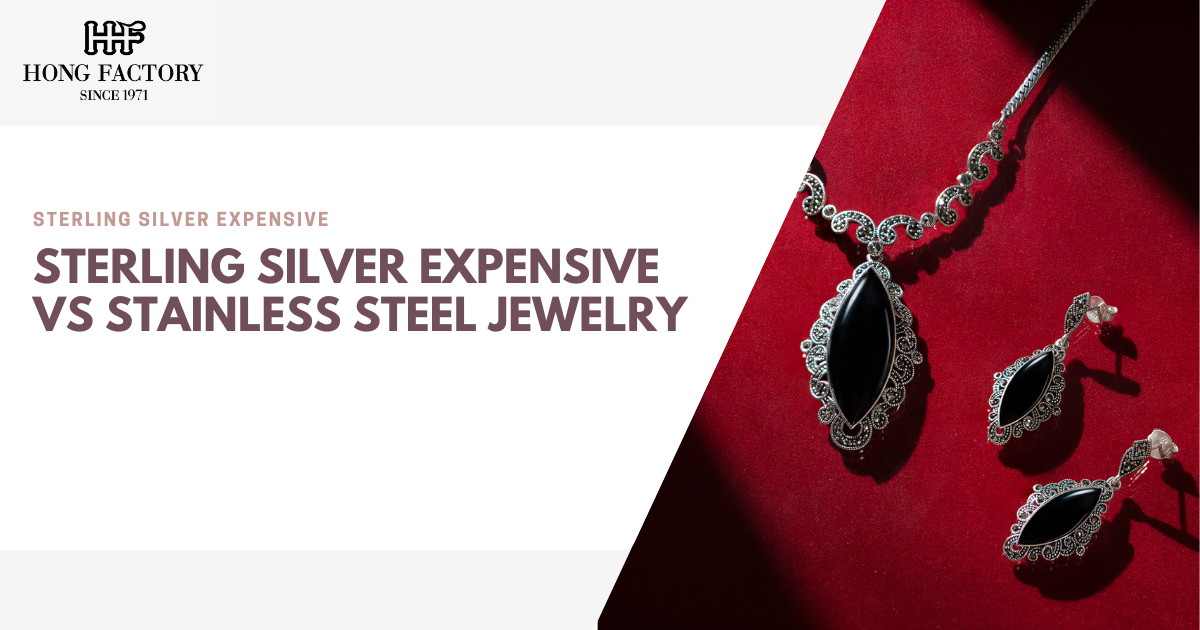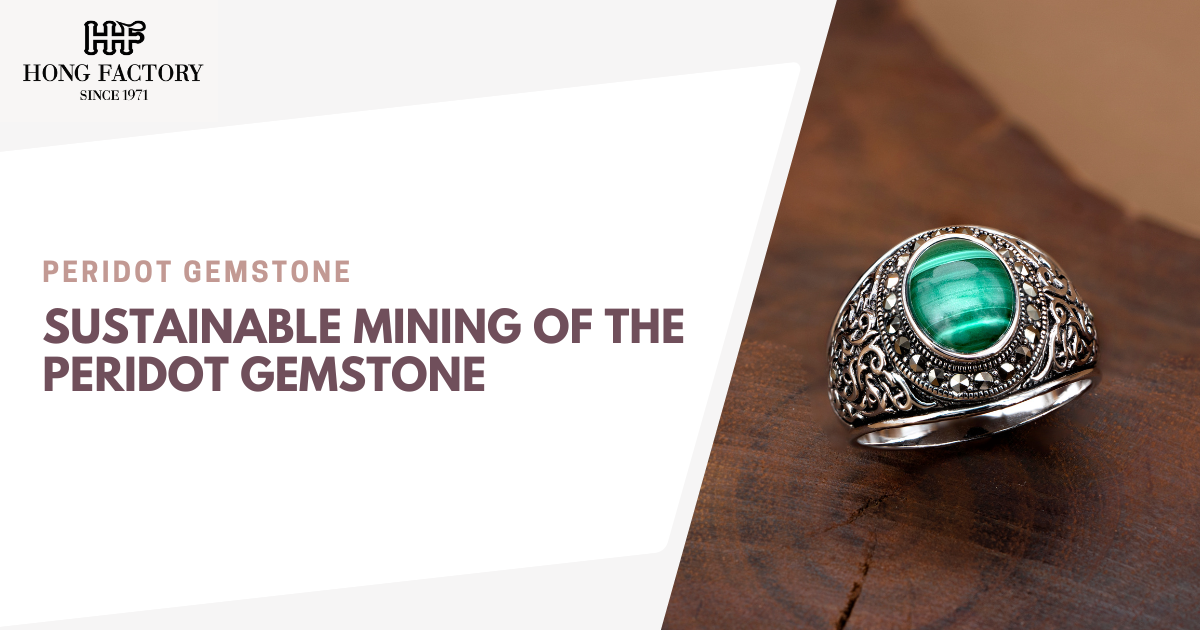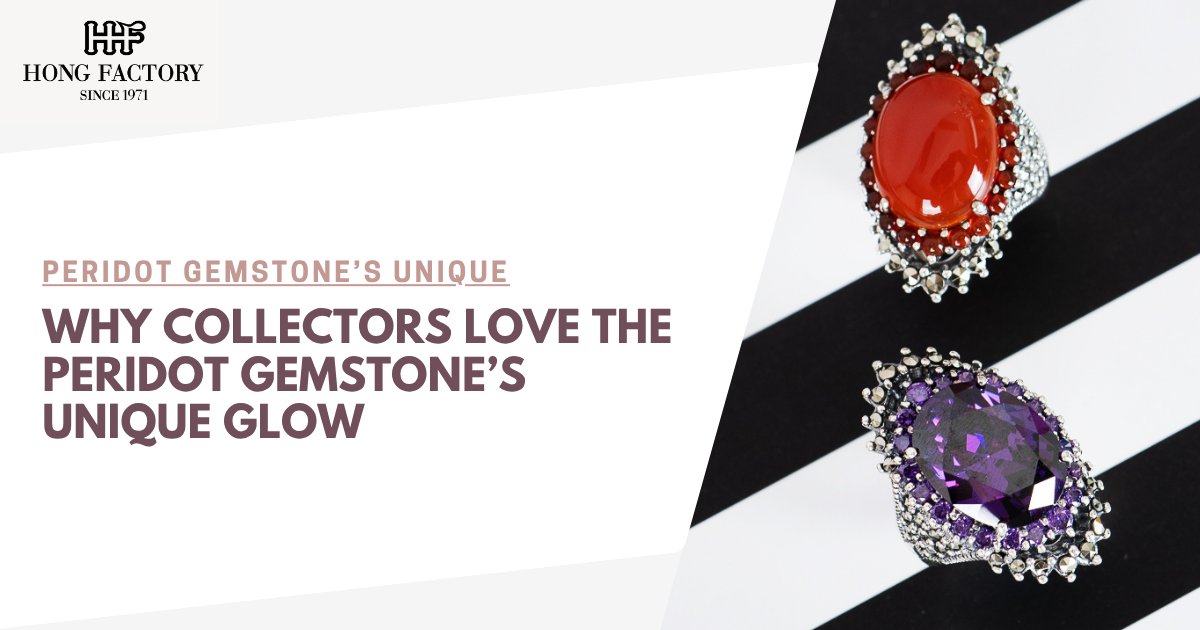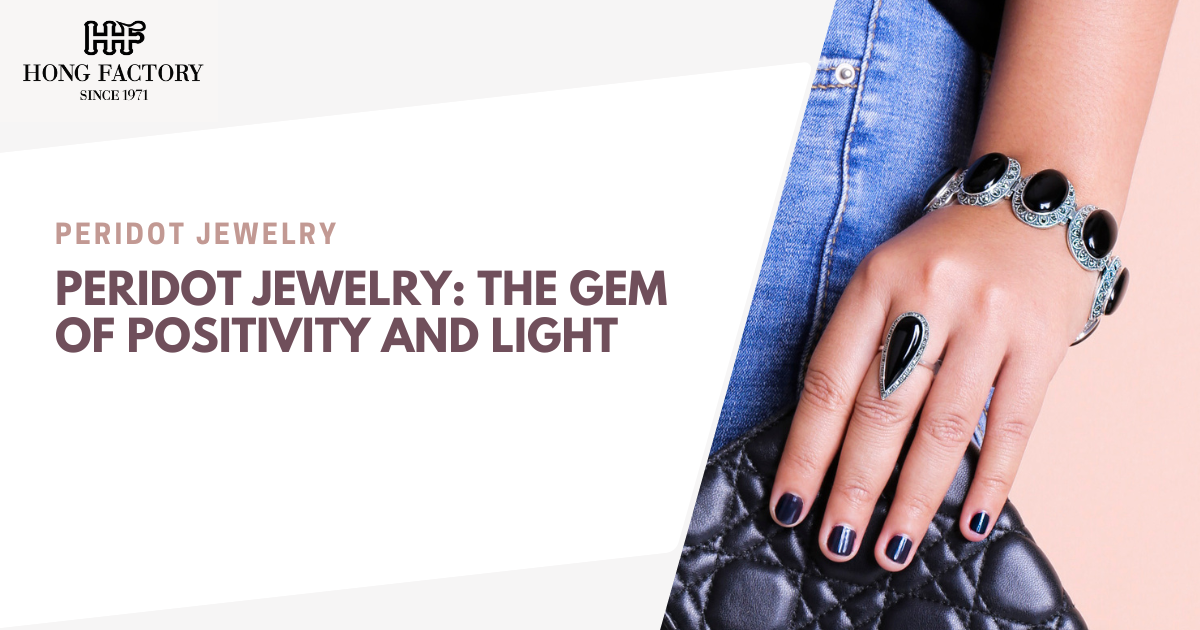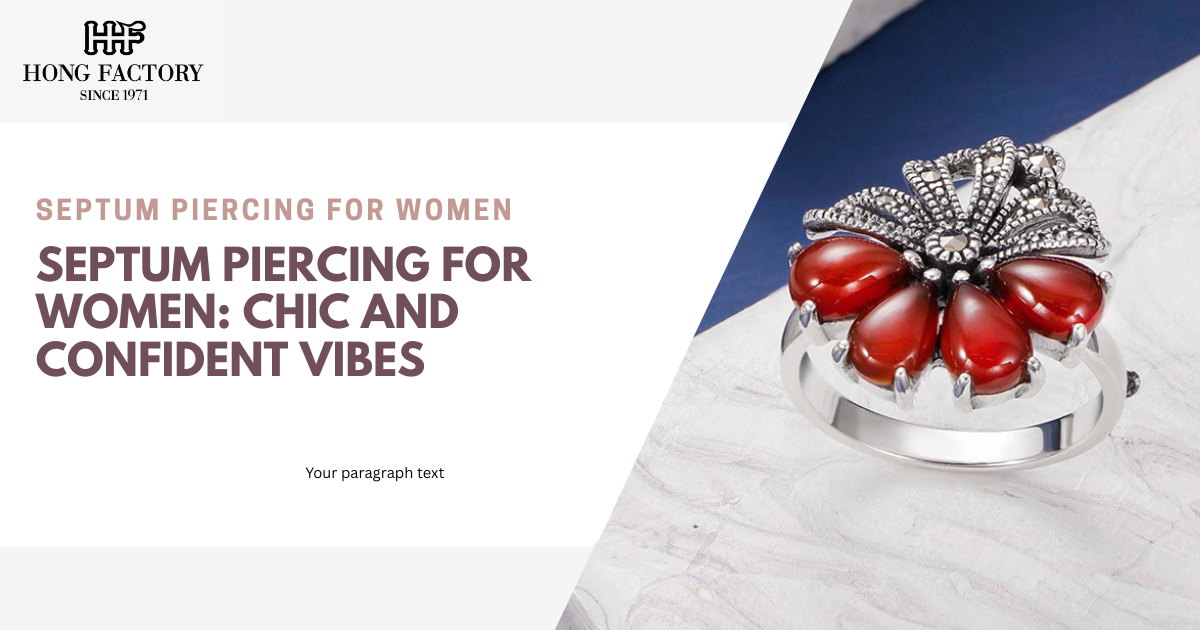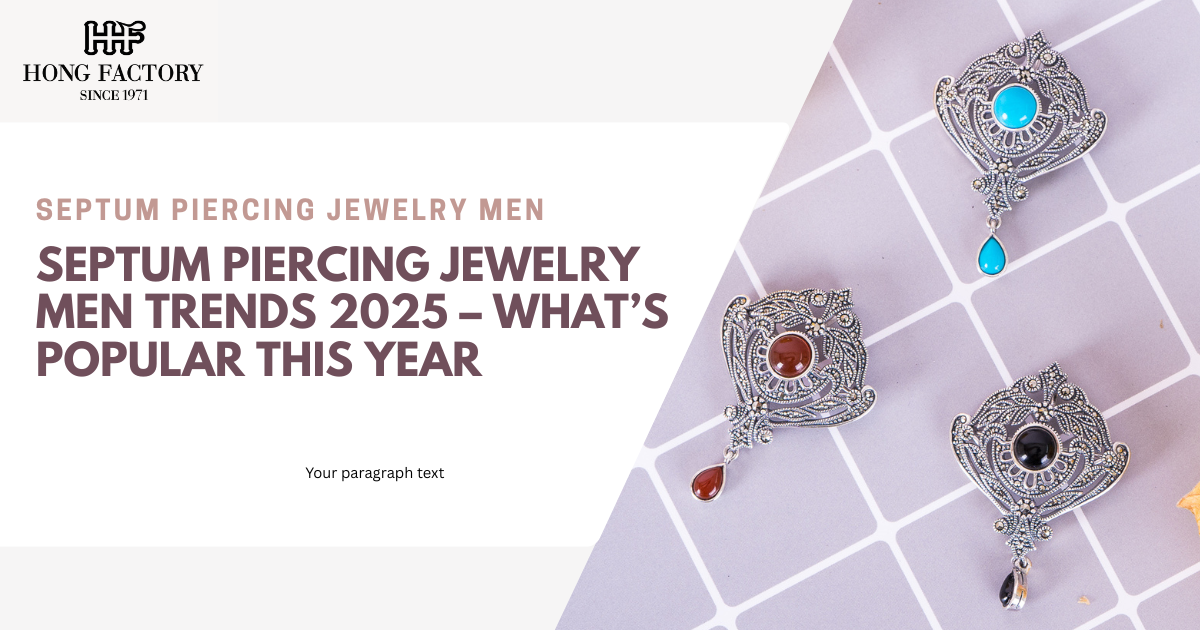
Jewelry enthusiasts often find themselves comparing sterling silver with stainless steel, as both materials are widely available in today’s market. Each has its strengths and unique qualities. While stainless steel jewelry is affordable and practical, sterling silver offers timeless elegance and long-term value. Some may question why Sterling silver expensive jewelry is worth the higher cost when stainless steel appears to be a cheaper option. This article explores the differences between the two materials, highlighting why sterling silver continues to stand out. marcasite
What is Sterling Silver?
Sterling silver is composed of 92.5% pure silver and 7.5% alloy metals, usually copper. This composition makes it:
- Strong enough for daily wear
- Capable of holding intricate and artistic designs
- Shiny and elegant with a natural luster
- Timeless, with historical significance across cultures
Sterling silver jewelry is highly valued for its combination of beauty, resilience, and prestige.
What is Stainless Steel Jewelry?
Stainless steel jewelry is created from a mixture of iron, chromium, and other metals. Its features include:
- High resistance to rust and tarnish
- Very affordable pricing
- Modern, industrial appearance
- Extreme durability, even in harsh conditions
While stainless steel jewelry is practical, it often lacks the prestige and artisanal craftsmanship associated with sterling silver.
Sterling Silver Expensive Compared to Stainless Steel
Sterling silver expensive perception
When buyers compare sterling silver and stainless steel, the phrase Sterling silver expensive often comes to mind. Sterling silver is more costly for several reasons:
- It contains a higher proportion of precious metal
- Requires skilled craftsmanship for design and detailing
- Holds long-term intrinsic and resale value
Although stainless steel jewelry is cheaper, it does not carry the same cultural, historical, or financial significance.
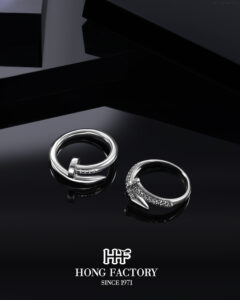
Durability and Longevity
- Sterling Silver: Strong but requires care to prevent tarnishing. With proper maintenance, it can last for generations.
- Stainless Steel: Highly durable, scratch-resistant, and low maintenance. However, it lacks the heirloom quality of sterling silver.
Both materials are durable, but sterling silver stands apart for its ability to balance beauty with longevity.
Design and Aesthetic Appeal
Sterling silver offers unmatched artistic possibilities:
- Can be crafted into traditional, vintage, or modern designs
- Pairs beautifully with gemstones
- Carries cultural and symbolic meaning
Stainless steel jewelry, while sleek and modern, is limited in terms of intricate artistry and timeless design.
Value and Investment Potential
Sterling silver jewelry is considered a long-term investment:
- Holds intrinsic value due to silver content
- Can be resold or passed down as heirlooms
- Represents affordable luxury compared to gold and platinum
Stainless steel jewelry, while inexpensive, is usually regarded as disposable fashion jewelry with no resale value.
Care and Maintenance
- Sterling Silver: Needs polishing and proper storage to maintain its brilliance.
- Stainless Steel: Almost maintenance-free, requiring only occasional cleaning.
While stainless steel is more convenient, sterling silver rewards its owner with a lasting shine and heritage value when cared for properly.
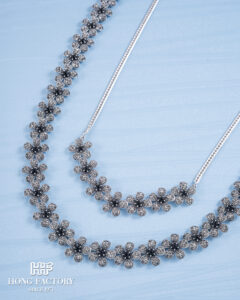
Why Choose Sterling Silver Over Stainless Steel?
Choosing sterling silver means enjoying:
- Jewelry with historical and cultural significance
- Long-term value and investment potential
- Timeless designs suitable for every occasion
- A sense of prestige and authenticity absent in stainless steel
When comparing sterling silver and stainless steel, both materials have their place in the jewelry world. Stainless steel is practical, modern, and affordable, while sterling silver may seem expensive at first but offers unmatched elegance, artistry, and value over time. Ultimately, Sterling silver expensive jewelry proves to be an enduring investment, blending tradition with sophistication in ways stainless steel cannot match.

